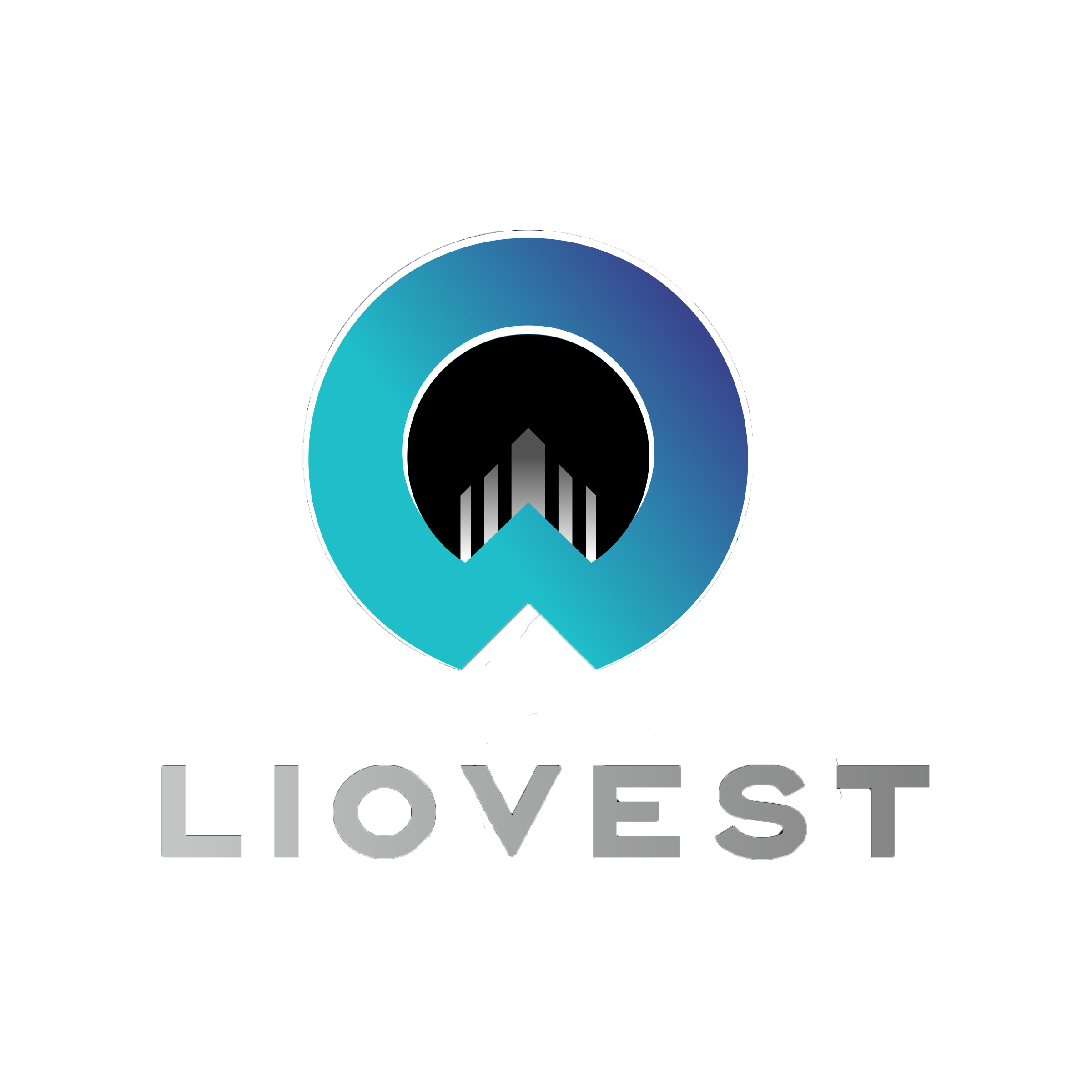Introduction:
From Blockchain to Infrastructure
As global financial systems continue to digitise, real-world asset (RWA) tokenisation is becoming a practical bridge between traditional finance and emerging digital frameworks. Unlike the volatility and abstraction of native crypto assets, RWAs represent tangible, stable, and regulated value. Tokenisation is not just a technical migration, but a full restructuring of how legal rights, valuation, custody, and transactions operate.
Successful RWA deployment is far more than placing an asset on chain. It requires cross-domain coordination, integration of multiple systems, and the alignment of legal, financial, compliance, and technical frameworks.
1. The Core Phases of RWA Integration
Building a full RWA ecosystem involves five key stages. Each requires the active participation of specialised institutions to ensure the asset’s legal integrity, technical soundness, and market viability.
1.1 Asset Selection and Legal Validation
The first step is identifying suitable real-world assets for tokenisation, including real estate, private equity, bonds, receivables, intellectual property, or art. The core requirement is legal clarity and proof of ownership.
Key players involved:
- Legal advisors to verify transferability and legal rights
- Valuation experts to determine credible reference pricing
- Asset holders to provide documentation, proof of ownership, and legal materials
1.2 Structuring and Legal Architecture
Assets are not tokenised in their raw form. A legal wrapper, typically through an SPV, trust, or custody arrangement, is created to isolate risks and manage rights, returns, and governance.
Key players involved:
- Structuring and legal teams to design the legal vehicle for the asset
- Tax advisors to ensure cross-jurisdictional tax compliance
- Regulatory consultants to confirm adherence to capital market laws, investor protections, and issuing standards
1.3 Tokenisation and On Chain Issuance
Once the legal structure is in place, the asset is technically expressed as a token through smart contracts and deployed on a blockchain. The process must be secure, compliant, and auditable.
Key players involved:
- Technology providers to develop smart contracts and define token rules (quantity, transferability, liquidation rights)
- Compliant issuance platforms to onboard investors with proper KYC and AML procedures
- Smart contract auditors to ensure legal alignment and technical safety
1.4 Custody and Ongoing Compliance
After issuance, the underlying off-chain asset must remain secure and transparent to maintain investor trust. Custodial and audit mechanisms are required to ensure ongoing accountability.
Key players involved:
- Custodians to safeguard the off-chain asset or private keys
- Auditors to verify asset value, income distribution, and legal status
- Legal service providers to support restructuring, distributions, and dispute resolution
1.5 Secondary Markets and Liquidity Management
RWA’s value proposition includes enhanced liquidity. To achieve this, tokens must be tradable in compliant environments.
Key players involved:
- Digital securities exchanges or private placement platforms for investor exits
- Investor services platforms for redemption, transfer, and payout operations
- Transfer management systems to enforce regulatory compliance during token transfers
2. RWA Integration Challenges: Coordination and Standards
Although the roles above seem clearly defined, real-world implementation faces major friction:
- Fragmented service providers. Legal, tech, and compliance teams often lack integration, delaying execution
- Lack of standardisation. Each platform uses different technical models and legal structures, making interoperability difficult
- Jurisdictional divergence. Legal and compliance frameworks vary across countries, increasing cost and complexity
- Investor unfamiliarity. Family offices and institutional investors often lack technical understanding of RWA models
A successful RWA project typically requires a skilled integrator who can orchestrate legal, technical, and compliance elements across borders and drive industry-wide alignment.
3. Where RWA Is Going: Standardisation, Modularity, and Cross-Border Coordination
RWA is not evolving in isolation. The future of this space lies in greater standardisation, modularity, and cross-border collaboration.
Emerging trends include:
- Template-based legal structures such as reusable SPV and trust frameworks
- Platform-based tokenisation tools offering SaaS-style compliant issuance systems
- Cross-jurisdictional alignment in regulatory frameworks, especially across Switzerland, the EU, and Singapore
These trends will transform service providers from isolated actors into interoperable modules, enabling a scalable, repeatable issuance infrastructure for the global RWA market.
Conclusion:
RWA as a System, Not a Product
RWA is not a niche innovation or a technology demo. It is the infrastructure foundation for bridging real assets with digital markets. Every successful tokenised asset relies on a complex but coordinated ecosystem that aligns legal rights, technical execution, financial regulation, and investor trust.
For family offices, corporates, and asset managers, understanding this integrated logic and the roles of each participant is essential for entering the RWA era with credibility and success.
